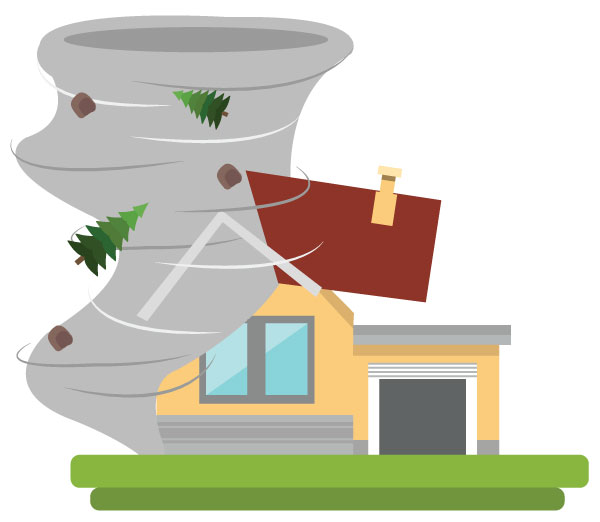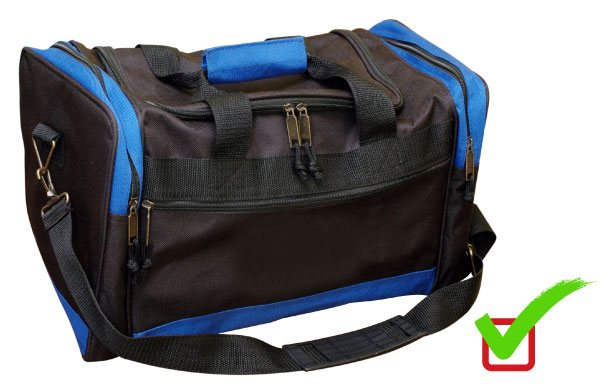Sheltering

This month’s goal:
In a disaster, you may be asked to either evacuate or shelter-in-place. Identify the best storm shelter in your home and practice getting to the shelter with your family.

Choosing the best place in your home or workplace to shelter from a tornado isn’t always easy. Use these rules of thumb to find the best tornado shelter possible:
- Stay away from windows and skylights
- Shelter “down and in”— put as many walls between yourself and the outside as you can (think of the ceiling as a wall)
- Avoid rooms with large ceiling expanses
- Find an area large enough for everyone to stay comfortably for at least 45 minutes
Learn how to safely shelter-in-place.
To “shelter-in-place” means to make the place where you are a safe place to stay until the danger has passed. Shelter in place orders are given when it would be dangerous for you to go outside.
If you are told to shelter-in-place you should close all doors and windows and shut off fans and air conditioners. Follow emergency instructions carefully. Make sure you take a battery-powered radio with you so that you will know when the danger has passed.

You may need to bring:
- Pillow and blanket
- Identification
- Change of clothes
- Cards or magazines
- Comfort items
- Your medication and medical supplies

Are you prepared?
Make a Go Bag for emergency sheltering.
Content provided by Do1Thing.
